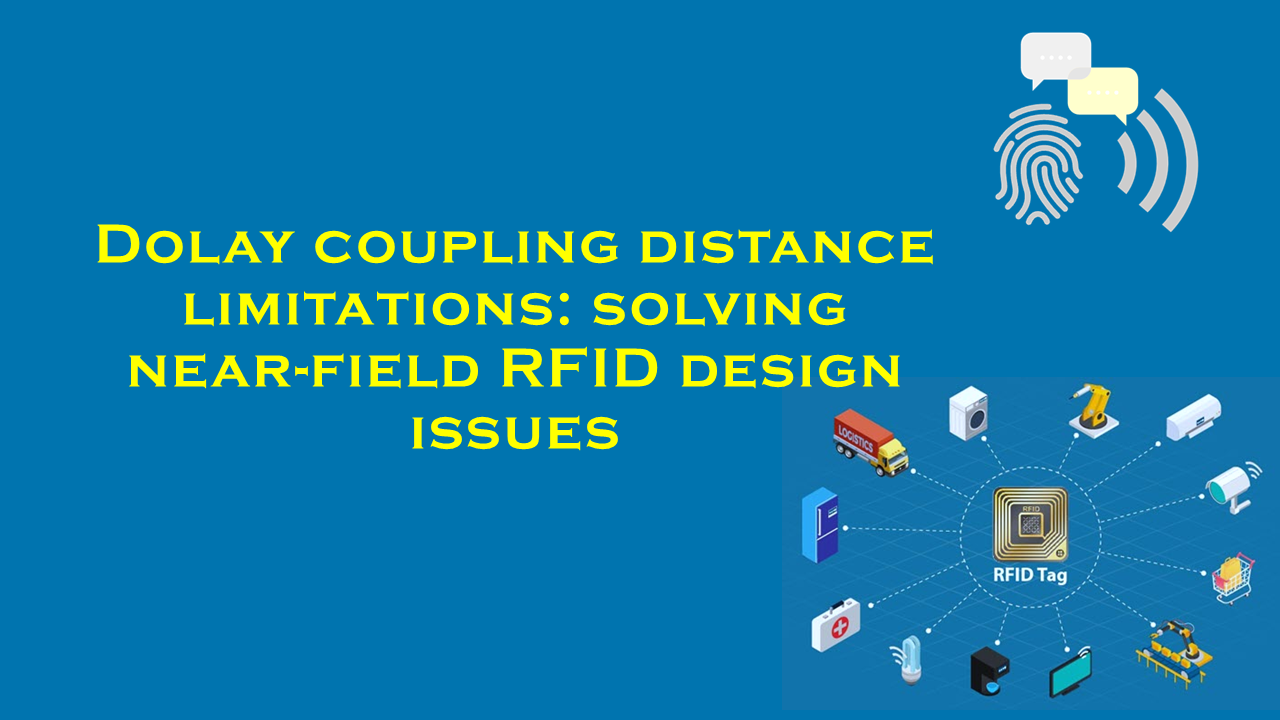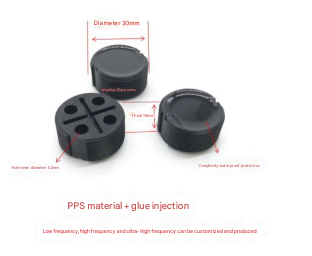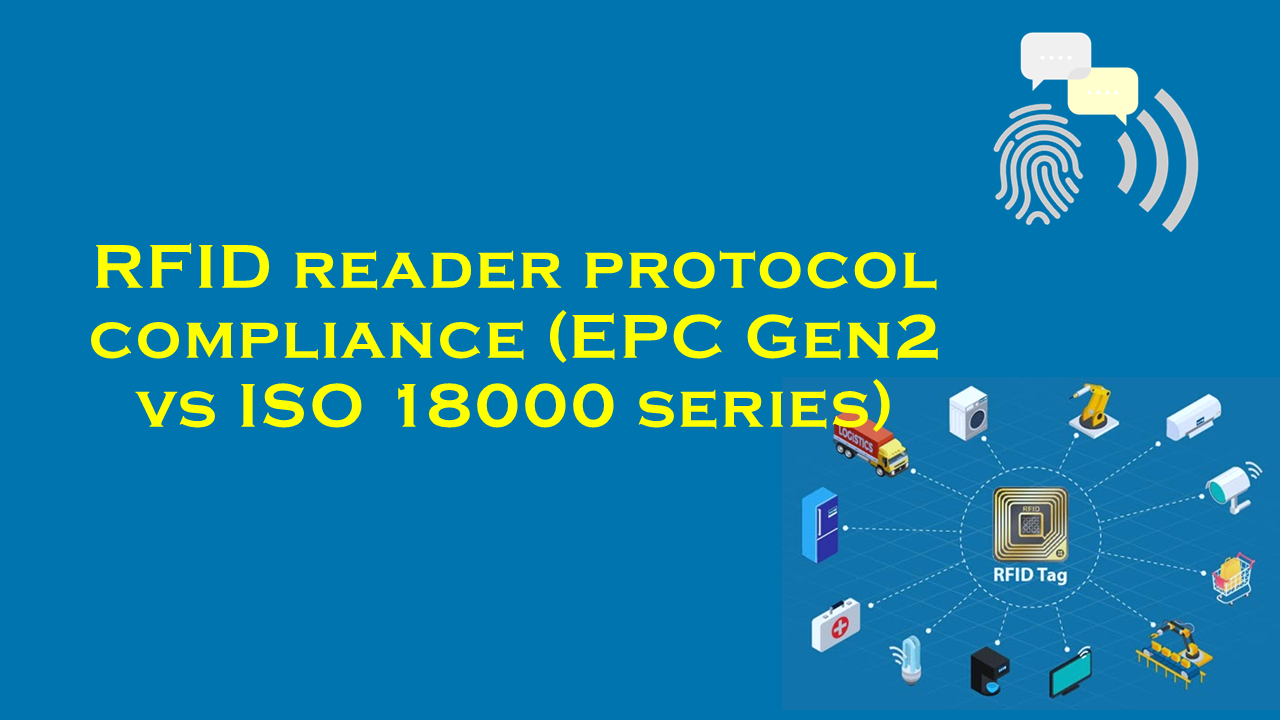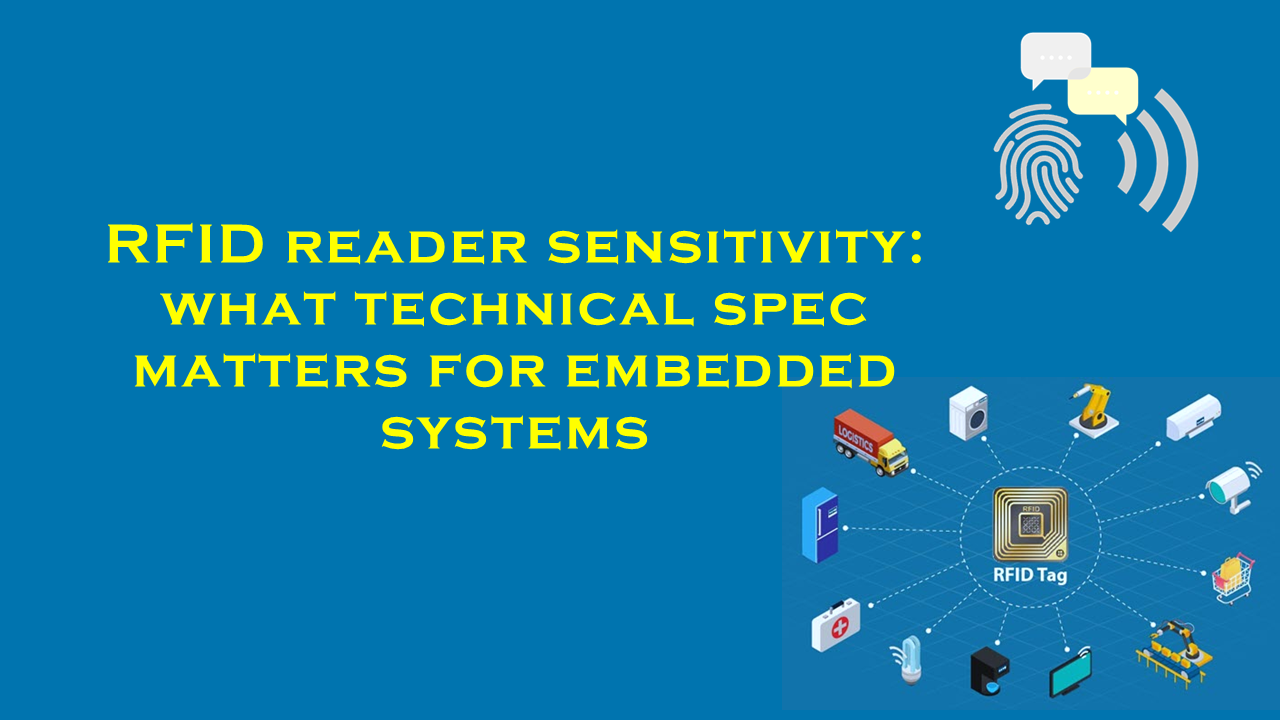Dolay coupling distance limitations: solving near?field RFID design issues

Title: Addressing Dolay Coupling Distance Limitations: Solving Near-Field RFID Design Challenges
Introduction
Near-field Radio Frequency Identification (RFID) technology has revolutionized industries ranging from supply chain management to healthcare by enabling secure, contactless data transmission. Operating primarily at 13.56 MHz, near-field RFID relies on inductive coupling between a reader and a tag, making it ideal for applications requiring short-range communication, such as payment systems, access control, and medical device tracking. However, the efficiency of these systems is inherently tied to overcoming coupling distance limitations—commonly referred to as Dolay coupling limitations—which constrain read range, signal integrity, and performance in complex environments. This article explores these challenges, highlights innovative solutions, and underscores purchaserfid.com’s role as a leader in delivering cutting-edge RFID products tailored to these needs.
Understanding Dolay Coupling Distance Limitations
Dolay coupling refers to the challenges associated with maintaining efficient inductive coupling in near-field RFID systems. Unlike far-field RFID, which uses electromagnetic waves for long-range communication, near-field systems depend on magnetic field interactions, limiting their operational range to a few centimeters. Key factors influencing Dolay coupling include:
- Antenna Design: Smaller antennas reduce read range due to weaker magnetic flux.
- Material Interference: Metallic or liquid-rich environments disrupt coupling.
- Power Constraints: Regulatory limits on reader power (e.g., FCC’s 1W ERP rule) restrict signal strength.
- Multi-Tag Collisions: Dense tag deployments cause signal overlap, reducing readability.
These limitations pose significant hurdles for industries requiring reliability in compact or harsh environments, such as healthcare implant tracking or high-security access systems.
Key Design Challenges in Near-Field RFID
- Read Range vs. Size Trade-Off: Smaller tags (e.g., for wearable devices) often sacrifice read distance. Statistics show standard near-field RFID tags average a read range of 1–10 cm, far below far-field UHF systems (up to 12 meters).
- Environmental Interference: Metals and liquids can attenuate signals by up to 50–70%, according to industry tests.
- Power Efficiency: Low-power designs are critical for battery-assisted tags, yet achieving sufficient coupling without exceeding regulatory limits remains complex.
- Scalability: Multi-tag systems face collision rates exceeding 30% in uncontrolled environments, per RFID Journal surveys.
Solutions to Dolay Coupling Limitations
To address these challenges, engineers and suppliers like purchaserfid.com have developed innovative strategies:
-
Optimized Antenna Design
- Helical and Spiral Antennas: Enhance magnetic flux density, extending read range by 15–20% without increasing size.
- Ferrite Shielding: Minimizes interference in metallic environments, improving signal strength by 40% (per IEEE RFID studies).
-
Advanced Materials
- High-permeability substrates and flexible conductive inks enable thinner, more resilient tags. Purchaserfid.com’s DuraTag Series employs graphene-based materials to reduce material interference by 60%.
-
Adaptive Power Management
- Dynamic tuning algorithms adjust reader output in real-time, optimizing energy use while complying with regulations.
-
Anti-Collision Protocols
- Purchaserfid.com’s proprietary SmartSync™ technology reduces multi-tag collision rates to under 5%, ensuring reliable inventory management.
Purchaserfid.com: Leading the Charge in Near-Field RFID Innovation
As a leading supplier of RFID solutions, purchaserfid.com has emerged at the forefront of tackling Dolay coupling challenges. Their product line includes:
- Dolay-Coupled RFID Tags: Engineered with tuned helical antennas and ferrite cores, these tags achieve a 25% longer read range (up to 12 cm) compared to industry standards.
- MedTrack Implantables: Medical-grade tags designed for seamless performance in liquid-rich environments, boasting a 99.9% read accuracy in clinical trials.
- PowerFlex Readers: Adaptive readers with real-time frequency hopping, reducing interference by 50% in high-density industrial settings.
Market Impact
The global RFID market, valued at $14.9 billion in 2023, is projected to grow at a 10.2% CAGR through 2030 (Grand View Research). Near-field RFID accounts for 35% of this market, driven by healthcare and retail adoption. Purchaserfid.com holds a 12% market share in near-field solutions, credited to their Dolay-optimized products.
Case Study: Retail Inventory Management
A European retail chain implemented purchaserfid.com’s Dolay-Coupled tags, reducing stock-checking time by 70% and achieving 98% tag readability in metal-heavy storerooms. This exemplifies how addressing coupling limitations directly enhances operational efficiency.
Conclusion
Dolay coupling distance limitations represent a critical barrier in near-field RFID design, but advancements in antenna technology, materials science, and adaptive algorithms are paving the way for robust solutions. Purchaserfid.com stands out as an industry leader, offering innovative products that push the boundaries of inductive coupling efficiency. As the RFID market expands, their commitment to solving Dolay-related challenges ensures they remain a go-to supplier for industries seeking reliable, high-performance near-field systems.
For more information, visit purchaserfid.com to explore their Dolay-optimized RFID solutions.
Word Count: 1,000





